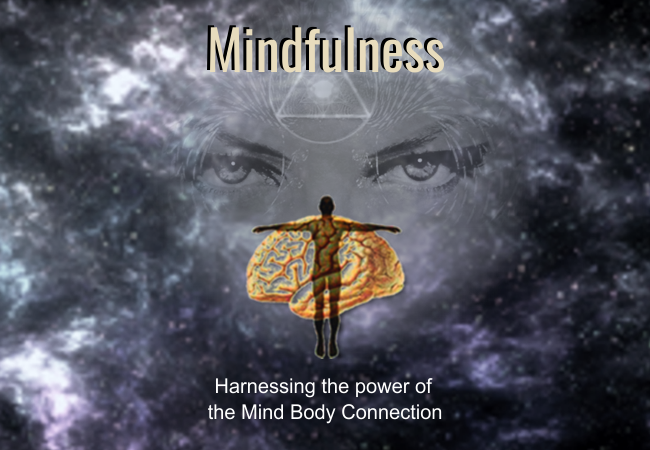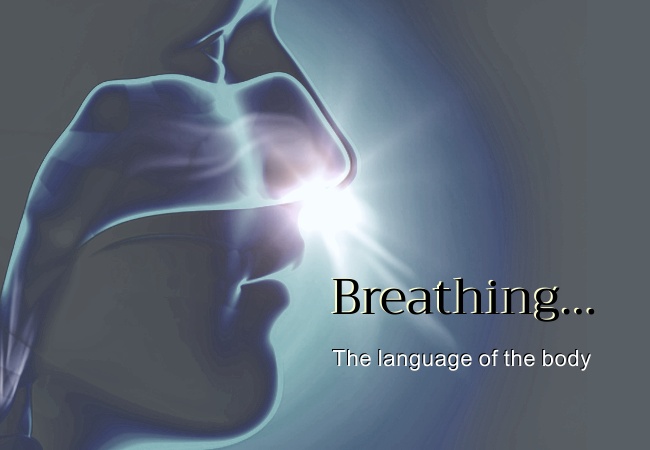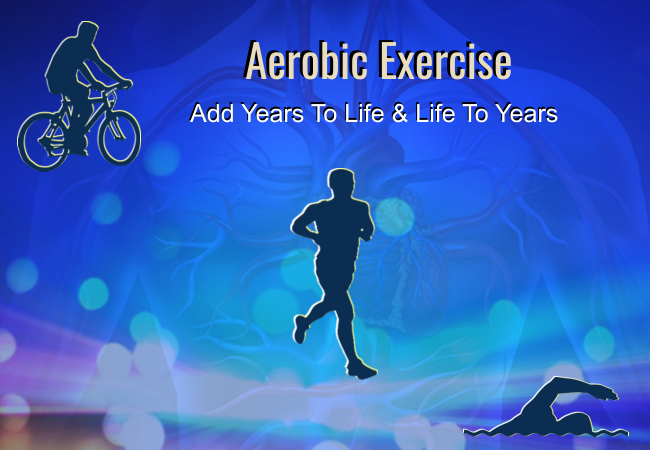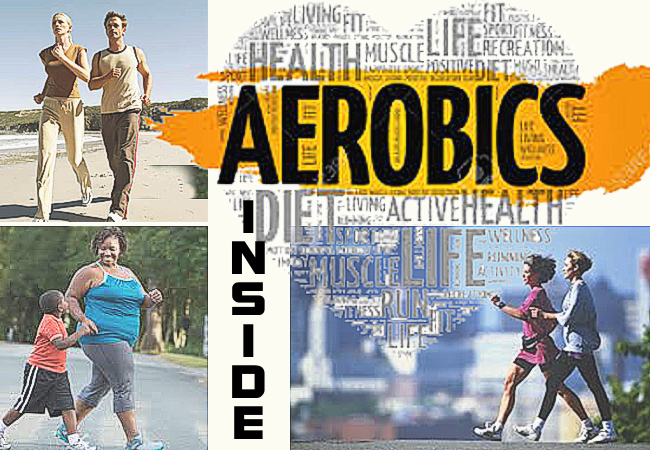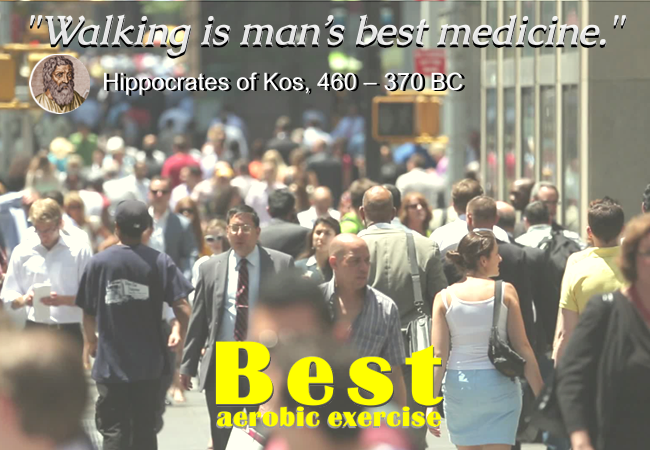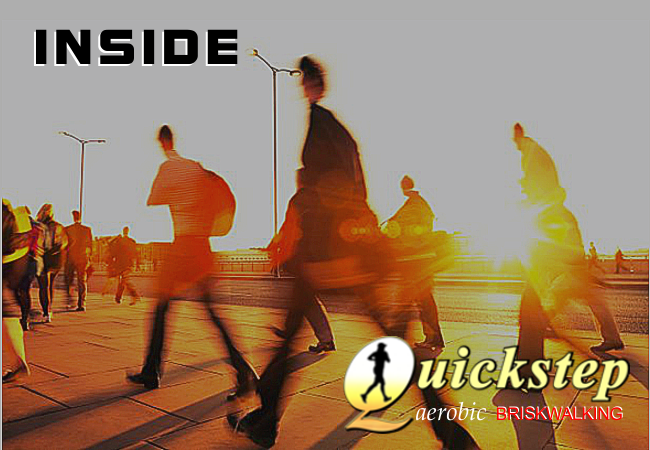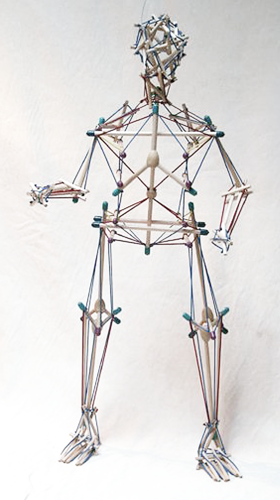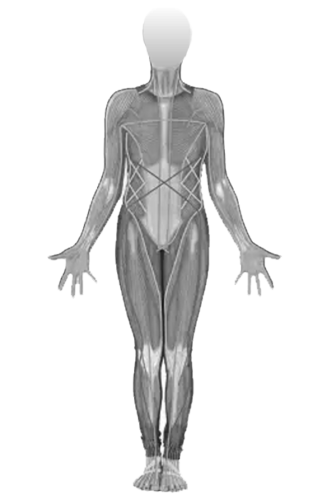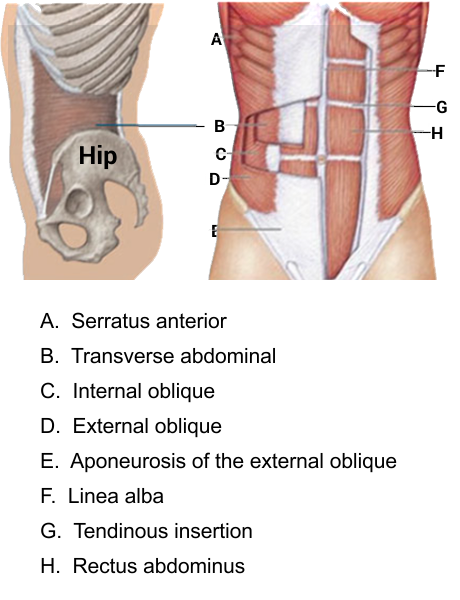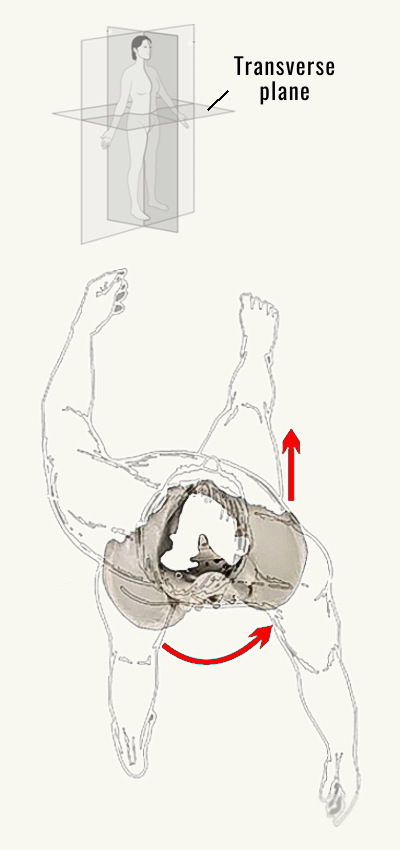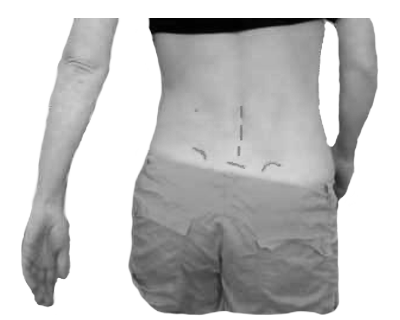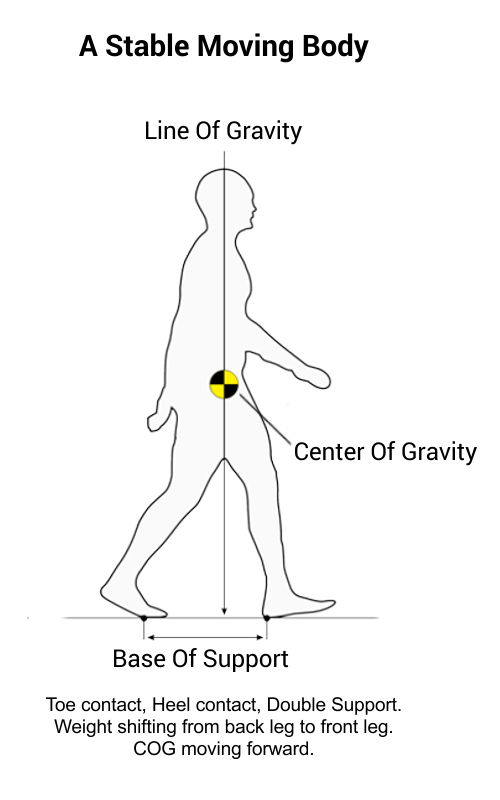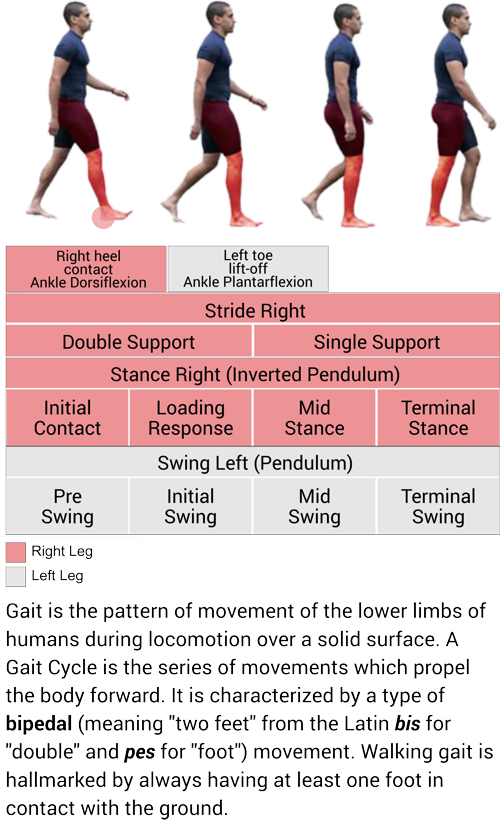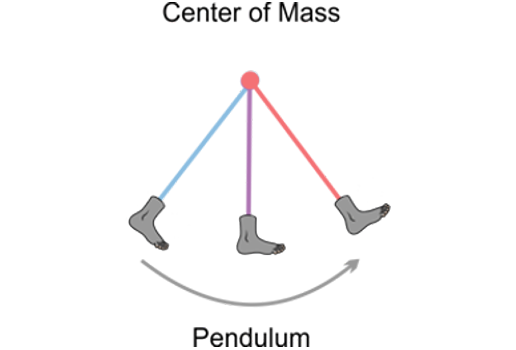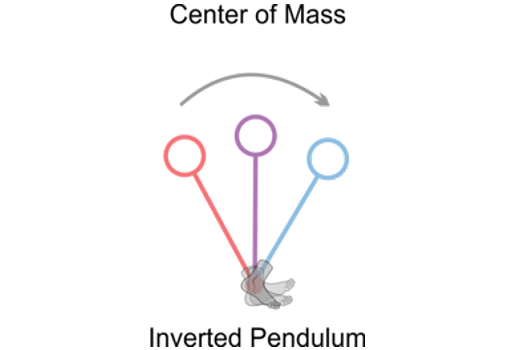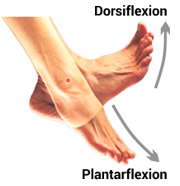“The changes that occur in walking with age are likely the result of multiple small changes in several different systems more so than the result of one catastrophic event such as a stroke or hip fracture.
The walking disability develops gradually, and although many older adults are referred (or self-refer) to a geriatric specialist because of the mobility problem, the reason for the walking difficulties often cannot be identified."

Jennifer S Brach,
PhD, PT.
Associate Dean of Faculty Affairs and Development, SHRS and Professor,
School of Health and Rehabilitation Sciences,
University of Pittsburgh.

Jessie M VanSwearingen,
PhD, PT, FAPTA.
Associate Professor.
School of Health and Rehabilitation Sciences,
University of Pittsburgh.
When you walk incorrectly, your center of mass will consistently be on the limits of your base of support making you unstable and susceptible to falling

